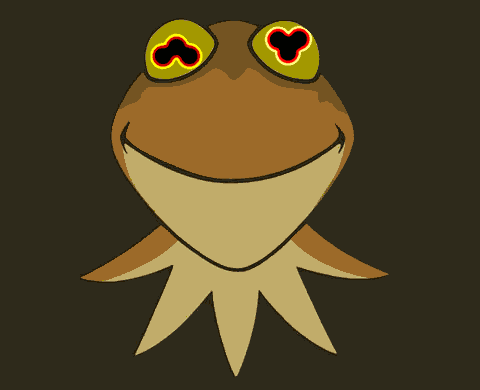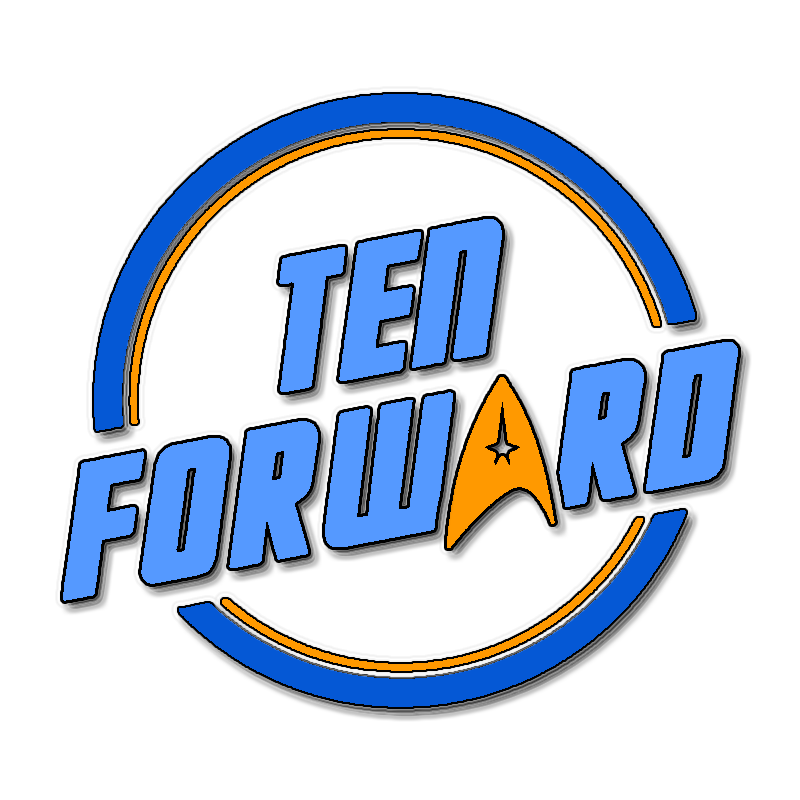

Why don’t you use the TWP extension? It includes even a DeepL option besides Google Translate and Yandex.


Why don’t you use the TWP extension? It includes even a DeepL option besides Google Translate and Yandex.
It works for me
I think maybe only Discovery and Picard are like that? The Lower Decks, Prodigy and Strange New Worlds feel closer to old Star Trek. And there’s The Orville too, though the comedy isn’t great and it takes a bit to tone it down.
While installing Linux is faster you can use the Windows ISO directly with Ventoy instead of the Microsoft tool. At least, that’s how I do it.


It’s not wrong per se, it’s just different. I don’t particularly like Discovery and Picard, but they’re ok. They don’t have the same monster of the week approach as the others, and a lot of the other stuff has already been discussed here; lack of development of the crew and their relationship, the main character is constantly on focus while everyone else in the bridge is in rear view, no breathing room for proper character development, the orcs/klingons, etc.
I would rather watch Lower Decks, Prodigy or even The Orville. They’re closer to what I like about Star Trek (though The Orville takes a bit to get there).
Well fuck, am I on the spectrum?


There’s TechPowerUp’s NVCleanstall, it has semi automatic drivers updates with a lot of granularity (though the latest version needs an update due to this new app).


When i lived in Brazil, i observed the same on the island of Florianópolis and tourists from Argentina.
Never expected to see my town named here lol
Also for some reason the image gives me serious Sam vibes.
That’s because it is!
Works on Voyager at least.
Or PipePipe (at the time it was basically Newpipe with comments to me)
Could you explain what these bugs are? I’m curious.


Well, in this scenario the image file had 512 bytes sections, each one is called a block. If you have a KiB (a kibibyte = 1024 bytes) it will occupy 2 blocks and so on…
Since this image file had a header with 512 bytes (i.e. a block) I could, in any of the relevant Linux mounting software (e.g. mount, losetup), choose an offset adding to the starting block of a partition. The command would look like this:
sudo mount -o loop,offset=$((header+partition)) img_file /mnt


Not a Linux problem per se, but I had a 128GB image disk in a unknown .bin format which belongs to a proprietary application. The application only ran on Windows.
I tried a few things but nothing except Windows based programs seemed able to identify the partitions, while I could run it in Wine, it dealt with unimplementend functions. So after a bit of googling and probing the file, it turns out the format had just a 512 bytes as header which some Windows based software ignored. After including the single block offset, all the tools used in Linux started working flawlessly.
You should edit that to say Gnome Software (aka Gnome App Store) instead of just Gnome. People are going to think you’re talking about the whole DE.
For sure! At one point in winter I had to wear a second pair of pants to get through the day, and it was only in the 10°C range…
Yes, that was my first thought!
I mean, you can use decimals, but I understand your point.
Yep, so that corroborates my comment. If you know someone british they may speak hegehmony.
There’s one, Alovoa.